On 20 November 1803, after nearly a week encamped at the mouth of the Ohio, the new recruits would be tested while propelling the large boat—known today as the keelboat—against Mississippi River current. They safely navigated around the Grand Tower, but learned at Fort Kaskaskia that the Spanish would not allow them past St. Louis.
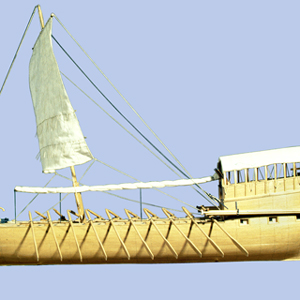

Meriwether Lewis listed a “Keeled Boat” in his pre-expedition shopping list, but after he finally got it, he and the other journalists of the Corps of Discovery simply called it “the boat” (190 times) or, less often, “the barge” (32 times).
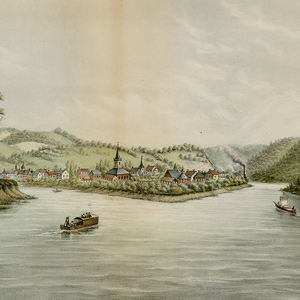

The Corps of Discovery, as it would be called, or the “corps of volunteers for North Western Discovery,” as Lewis put it, epitomized the rising glory of the United States—its sense of limitless possibilities and unparalleled opportunities.
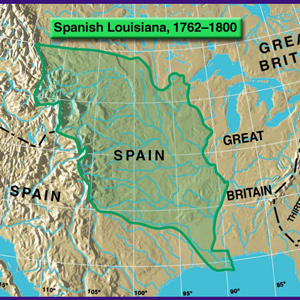

On 9 April 1682, René La Salle, claimed “possession of this country of Louisiana.” Thus, without any belligerent confrontations began the decline of one already ancient meta-culture, and the rise of a succession of new empires.
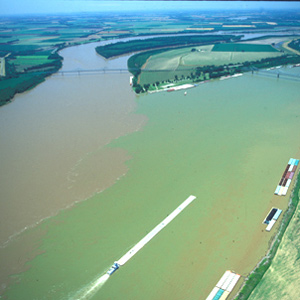

On the evening of 14 November 1803, Lewis and Clark camped on the point between the Ohio and Mississippi Rivers. By now they had rowed, poled, dragged, and occasionally sailed their boats a total of 981 miles.
November 20, 1803
Turning up the Mississippi
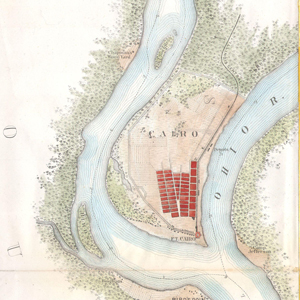

The ‘Grand Bend’ of the Mississippi, IL The expedition leaves the Ohio River and turns the boats against the Mississippi current. They make ten or eleven miles and encamp on the Illinois shore.
Tywappity Bottom
Early American settlement
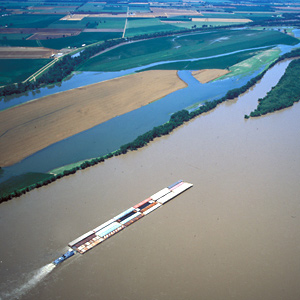

“Arrived oposite three new habitation of some Americans who had settled under the Spanish government,” wrote Lewis on 22 November 1803. “This settlement is on a bottom called, Tywappety.” Major Amos Stoddard described the area in 1812.
November 23, 1803
Louis Lorimier of Cape Girardeau
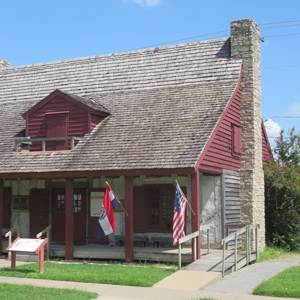

Old Cape Girardeau, MO Lewis brings letters of introduction to Louis Lorimier, whose store was burned to the ground by George Rogers Clark in 1782. Pryor still hasn’t returned from a hunting trip, and Clark’s illness continues.
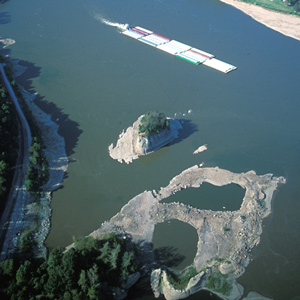

In 1673 French explorers Père Marquette and Louis Joliet listened to local Indians’ warnings about this place and erected a cross atop the ninety-foot-high rock to disempower the demons said to be lurking in the treacherous whirlpool at its base.
November 26, 1803
Devil's Bake Oven
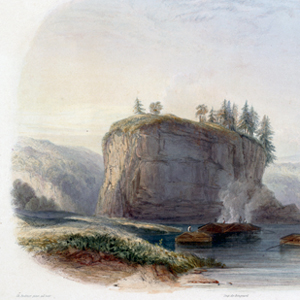

Seventy-Six Conservation Area, MO Continuing up the Mississippi, the boats pass through a narrow channel avoiding a dangerous whirlpool near Tower Rock. Lewis describes the view from the top of a “sugarloaf point” as beautiful and commanding.
Fort Kaskaskia
Preliminary outpost
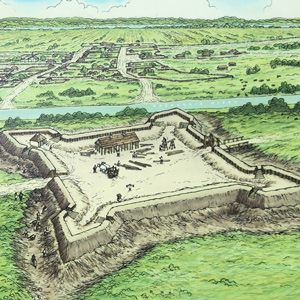

Archaeological investigations by the author and his students reveal the location of the American Fort Kaskaskia. Extracts from “Bound to the Western Waters: Searching for Lewis and Clark at Fort Kaskaskia, Illinois” by the lead archaeologist.
November 30, 1803
Spain cedes Louisiana
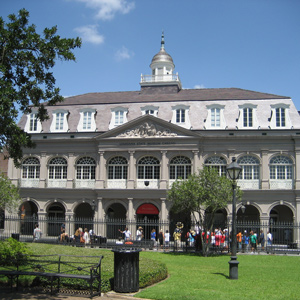

New Orleans, Louisiana Province Pierre-Clément de Laussat leads a procession of 60 Creoles through the rain to the Cabildo—the city’s seat of government—and signs papers officially transferring Spanish Louisiana to France.
December 1, 1803
Kaskaskia recruits
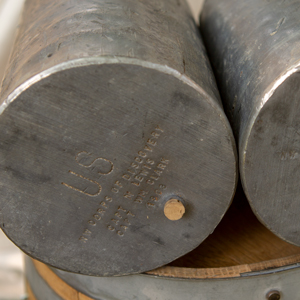

Fort Kaskaskia, IL On or near this date, Clark and Lewis select new recruits. Lewis also writes a receipt to Amos Stoddard for 75 pounds of gunpowder and a cask.
December 7, 1803
Cahokia arrivals
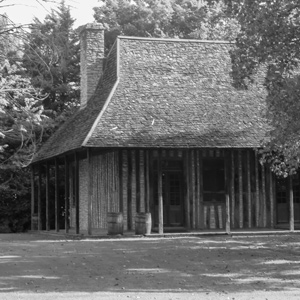

Meramec River, MO to Cahokia, IL
Lewis traveling by land, and Clark by river, arrive at Cahokia. Lewis meets two useful locals, John Hay and Nicholas Jarrot who help him negotiate entering Spanish territory.
December 8, 1803
Spanish resistance
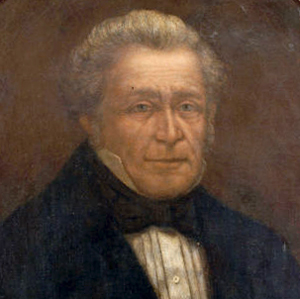

Cahokia, IL On or near this day, Lewis meets with Dehault Delassus, the Spanish Governor of Upper Louisiana, and all agree that the expedition should spend the winter near Cahokia.
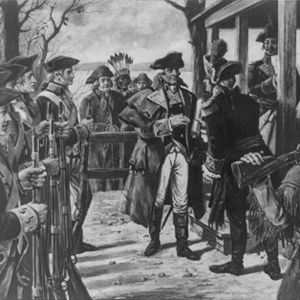

In 1804 and in the presence of the Lewis and Clark expedition the little village, built and designed to be an outpost of the fur trade, shed its ambiguous Spanish-French parentage and took on full American citizenship.
December 11, 1803
St. Louis fanfare
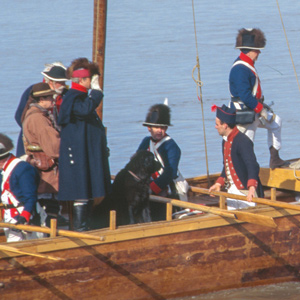

St. Louis, MO Clark takes the barge across the Mississippi arriving in St. Louis under full sails and colors. Many people come to the city’s landing to greet them.
